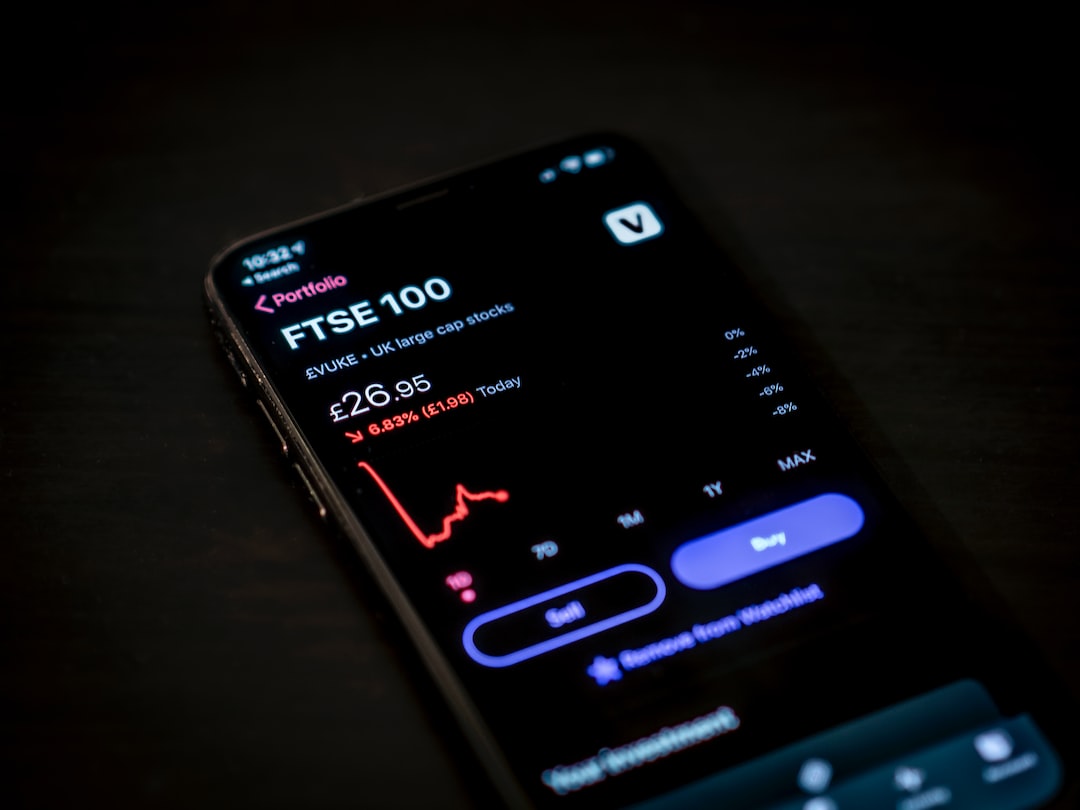Candlestick charts are one of the most widely used charting methods by traders in the forex market. It is a form of technical analysis that helps traders to visually identify trends, support and resistance levels, and potential trading opportunities. One of the essential elements of a candlestick chart is the candle bar, which is used to display the price movement of a currency pair over a specific period. This article explains when candle bars close in forex and how traders can use this information to make better trading decisions.
What are candle bars in forex?
Candle bars are one of the building blocks of a candlestick chart. They represent the price movement of a currency pair over a specific period, such as one minute, five minutes, one hour, or one day. A candlestick chart consists of a series of candle bars that are arranged in chronological order.
Each candle bar has four primary components: the opening price, the closing price, the high price, and the low price. The opening price is the first price of the currency pair at the beginning of the period, while the closing price is the last price of the currency pair at the end of the period. The high price is the highest price of the currency pair during the period, while the low price is the lowest price of the currency pair during the period.
How do candle bars close in forex?
The closing price of a candle bar is the most crucial element for traders as it represents the final price of the currency pair for that period. In forex trading, the closing price of a candle bar depends on the time frame used in the chart. For example, if a trader is using a one-hour chart, each candle bar represents one hour of price movement.
The closing time of a candle bar varies depending on the time frame of the chart. For instance, if a trader is using a one-minute chart, each candle bar will close after one minute, and a new candle bar will appear. On the other hand, if a trader is using a daily chart, each candle bar will close after one day, and a new candle bar will appear.
It is essential to note that the closing price of a candle bar is not always the same as the opening price of the next candle bar. This is because the forex market is a 24-hour market, and the price of a currency pair can change even after the close of a candle bar. Therefore, the opening price of the next candle bar may differ from the closing price of the previous candle bar.
How to use candle bar closing in forex trading?
Traders use candlestick charts to identify trends, support and resistance levels, and potential trading opportunities. The closing price of a candle bar is an essential element in these analyses as it represents the final price of the currency pair for that period. Traders can use the closing price of a candle bar to determine the strength of a trend, the location of support and resistance levels, and the potential entry and exit points for trades.
For example, if a trader is using a one-hour chart and sees a bullish candlestick pattern forming, they may wait for the current candle bar to close to confirm the pattern. If the closing price of the candle bar is higher than the opening price, the trader may interpret this as a bullish signal and consider entering a long position. Conversely, if the closing price of the candle bar is lower than the opening price, the trader may interpret this as a bearish signal and consider entering a short position.
In conclusion, candle bars are an essential element of candlestick charts, and the closing price of a candle bar is a critical component of forex trading. The closing time of a candle bar depends on the time frame of the chart, and traders can use the closing price of a candle bar to identify trends, support and resistance levels, and potential trading opportunities. By understanding when candle bars close in forex, traders can make better trading decisions and improve their chances of success in the market.





